In the late 1980s, Netherlands’ Centrum Wiskunde & Informatica launched the programming language Python.
It was created by Guido van Rossum as a successor to the language of ABC, and it was made capable to handle and interface with the operating system of Amoeba. The implementation of Python began in 1989.
Python, therefore, has been around for some time, and it’s still among the most widely used programming languages in the world for Web Design and Development. And there is a good reason for this too.
Python has features such as dynamic typing, binding, and in-built high-quality data structures, which makes it the best option for fast application development.
Python is open-source, easily available, easy to debug-if there are errors on the interpreter’s part, the exception will emerge-and it supports several programming models such as procedural, imperative, and functional programming.
It is truly multi-dimensional, which has led to its popularity. In this article, we will look at some uses of Python.
What is Python?
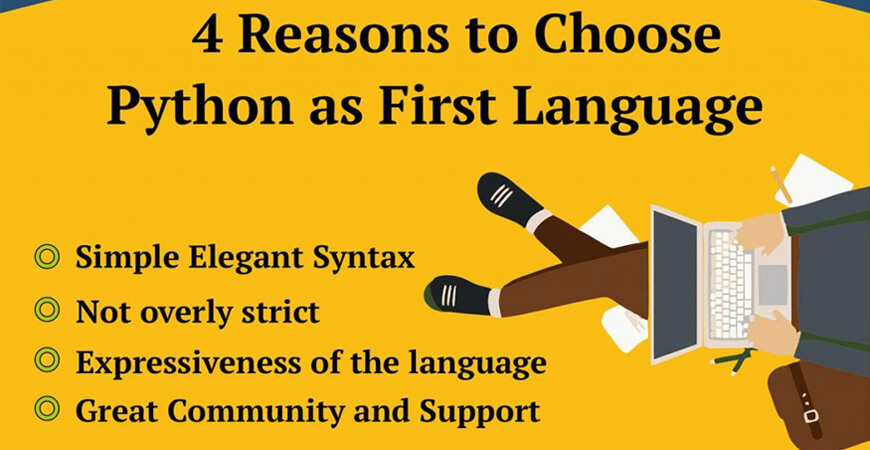
Technically, Python is a high-level, object-oriented programming language with incorporated powerful semantics mainly for the app and web development. It is highly attractive in the domain of Rapid Application Development as it provides dynamic binding and typing options.
Python is considerably simple, which makes it easier to learn as it requires a distinct syntax that is centered on readability.
People can read and interpret Python code much faster and easier than most languages. This, in turn, reduces program development and maintenance cost as it allows teams to collaborate without critical experience and language limitations.
Furthermore, Python supports the use of packages and modules, which implies that programs can be created in a modular code and style that is reusable over many projects.
Once the package or module needed is developed, it can be changed for other projects and it is convenient to export or import these modules.
How is Python Used?
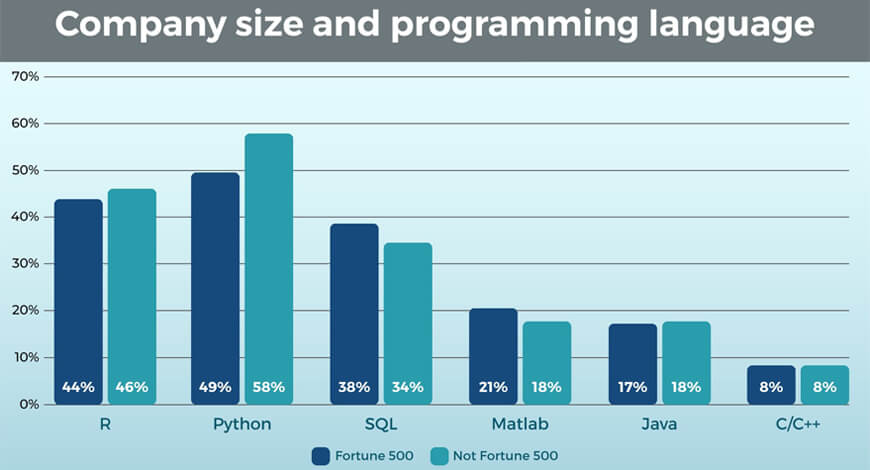
Python is an all-purpose programming language, which means you can use it for almost anything. First of all, it is a translated language, which implies that the code that is written is not really interpreted to format readable by a computer during runtime.
While most other languages for programming do this change before the program is even started. This kind of language is also known as “scripting language” as it was eventually meant to be applied in small projects.
The idea of scripting language has transformed a lot since its invention as Python is now applied to write commercial-style, large applications. This dependence on Python has increased even more as the Internet became a success.
Many web platforms and applications depend on Python, such as YouTube, Google’s search engine, and the transaction system based on the web at the New York Stock Exchange. If a language is powering a capital exchange system, then you must know that the language is rather serious.
In fact, Python is also used by NASA to program their space machinery and equipment.
Python is also possible to use to display images or numbers, process text, resolve scientific equations, and store data.
In other words, Python is used in a lot of things behind the scenes that you may be using now (like your mobile phone) and you might not be aware of it.
Top 10 Uses of Python:
☛ Internet and Web Development
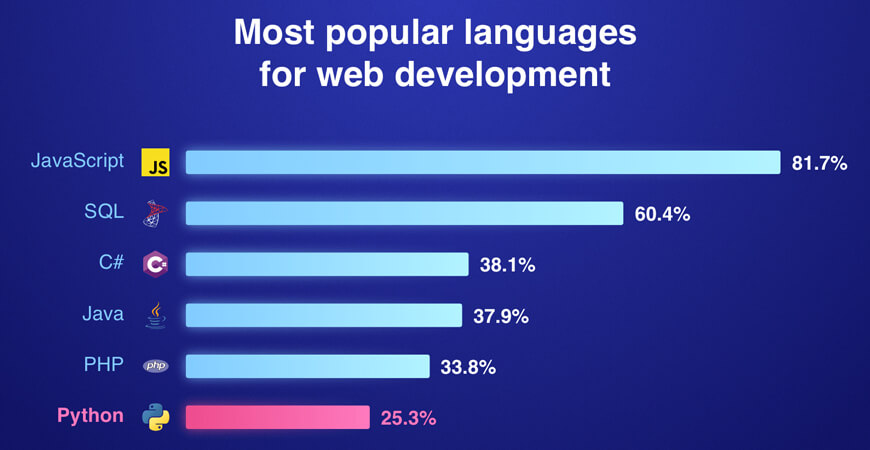
Python allows you to create a web application with minimum problems. It contains libraries for internet orders like JSON, XML, HTML, IMAP, e-mail processing, easy socket interface, and FTP.
It also comes with libraries such as Requests (HTTP client library), BeautifulSoup (HTML parser), Feedparser (for parsing Atom or RSS feeds), Paramiko (for introducing the SSH2 order), and Twisted Python (for asynchronous network development).
☛ GUI Desktop Applications
Many binary Python combinations ship with Tk, which is a standard Graphical User Interface (GUI) library.
Besides this, other toolkits are also available, such as wxWidgets, Qt via pyside or pyqt, and Kivy.
There are also other toolkits specific to platforms such as GTK+, Delphi, and win32 extensions-based Microsoft Foundation Classes.
☛ Numeric and Scientific Applications
Numeric and scientific applications written in python are most common.
It is not a surprise that Python has a place in the scientific community due to its power, so we have applications such as:
- SciPy— a series of packages for engineering, mathematics, and science
- Pandas— a data-modeling and data-analysis library
- IPython— a dynamic shell for easy recording and editing of work concourses
- Software Carpentry Course— teaches fundamental skills for running bootcamps and for scientific computing
- NumPy— deals with complicated numerical calculations
☛ Software Development
Python is used as a support language for many software developers.
They apply it for management and build-control, testing, constant and automatic compilation, bug-tracking, and more.
☛ Education
Due to this large community, compactness, and simplicity, Python makes for an amazing introductory language to programming. Get some great python books here.
Python applications in education have immense potential as it is an excellent language to teach younger children in schools or even pick it up whenever you want.
☛ Business
With specialties that incorporate special libraries, readable syntax, scalability, and extensibility, Python is a proper language for modifying more extensive applications.
Reddit, which is formerly composed in Common Lips and then it was revised in Python in 2005. Python also participated in a great part of YouTube functionality.
☛ Database Access
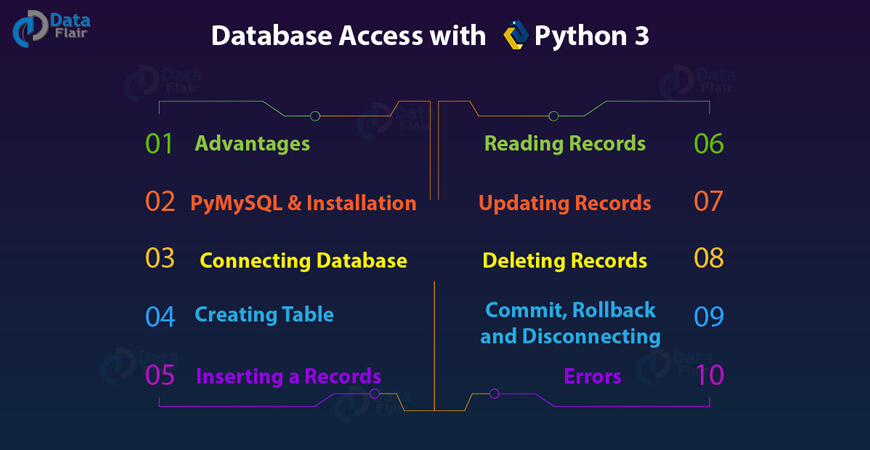
Python applications also help in database access easily. Python assists in interface customization of various databases such as PostgreSQL, Microsoft SQL Server, Oracle, MySQL, and others.
It has a database-oriented on an object like ZODB and Durus. It is utilized for conventional database API and is free to download.
☛ Network Programming
Python, with all its possibilities, also provides a lot to network programming.
It provides support network programming on the lower levels through Twisted Python, a framework used for asynchronous programming, and with its socket interface that is easy to use.
☛ 3D Graphics and Gaming
Python has several platforms, modules, and libraries that encourage the development of games.
For instance, PySoy is a 3D game engine helping Python 3, and PyGame implements functionality and a library for developing games. There are many games created using Python such as Vega Strike, Toontown Online from Disney, Civilization-IV, etc.
☛ Language Development
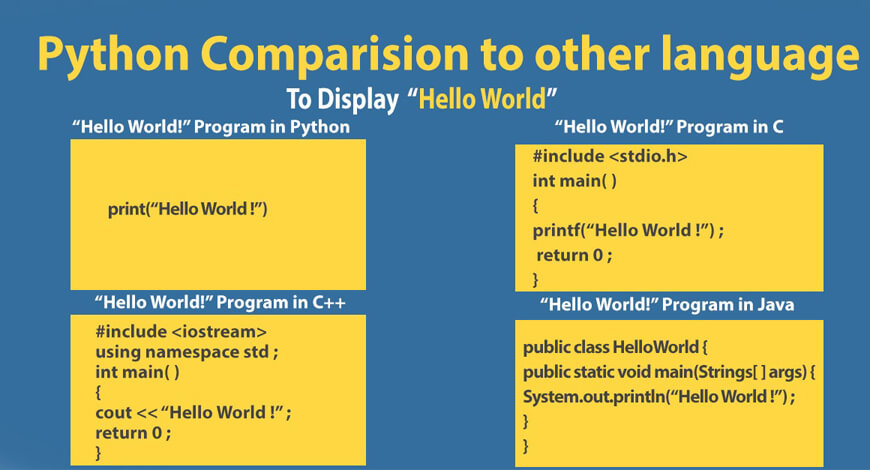
Python’s module and design architecture have influenced the development of many languages.
Boo language applies an object model, indentation, and syntax related to Python. Further, the syntax of languages like OCaml, Cobra, CoffeeScript, and Swift by Apple all have similarities with Python.
Conclusion
It is, thus, undeniable, that Python is almost everywhere. Since its inception in 1989, Python has evolved to become a component of an excess of the web- and desktop-based, computational, scientific, and graphic design applications.
